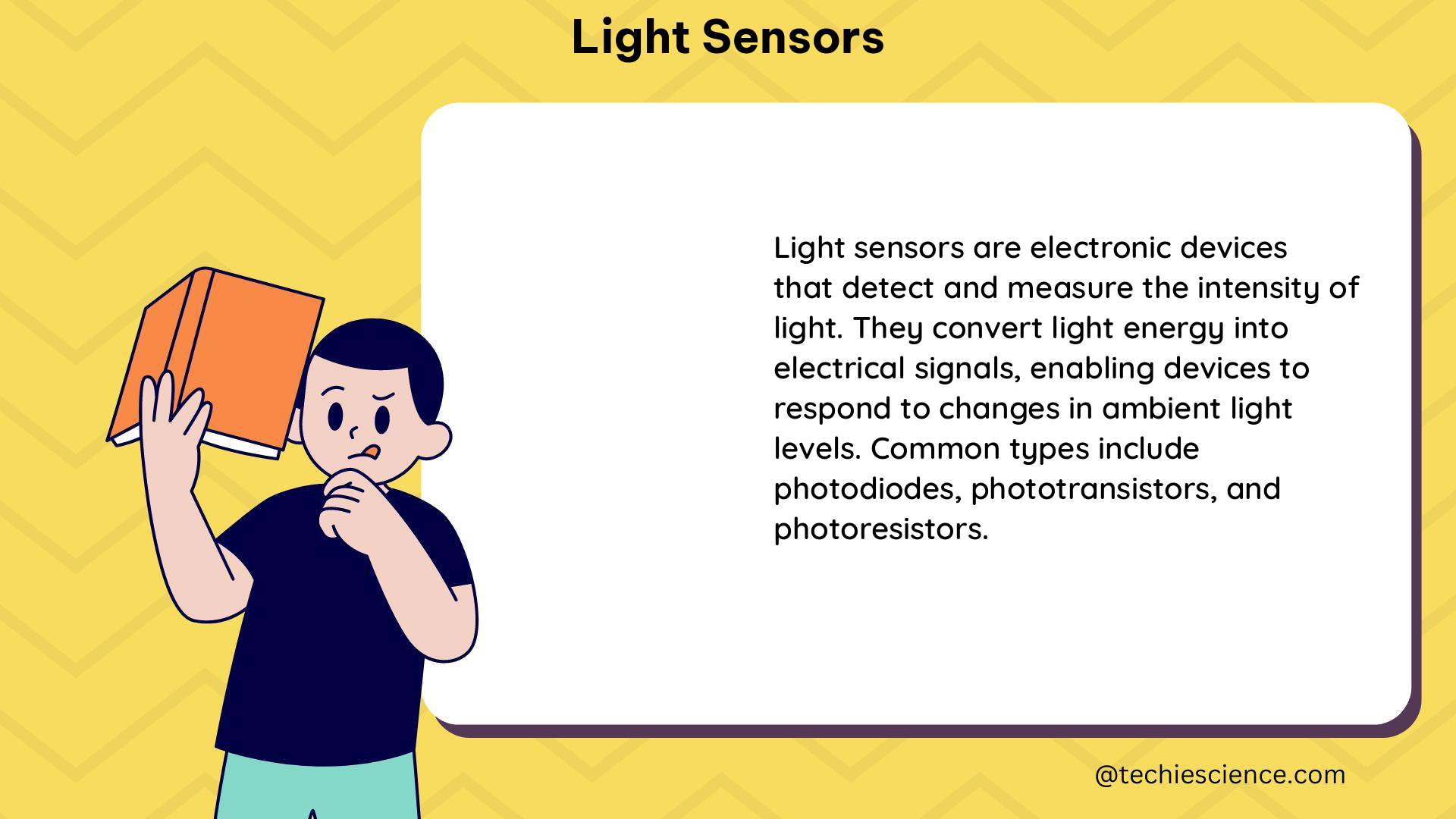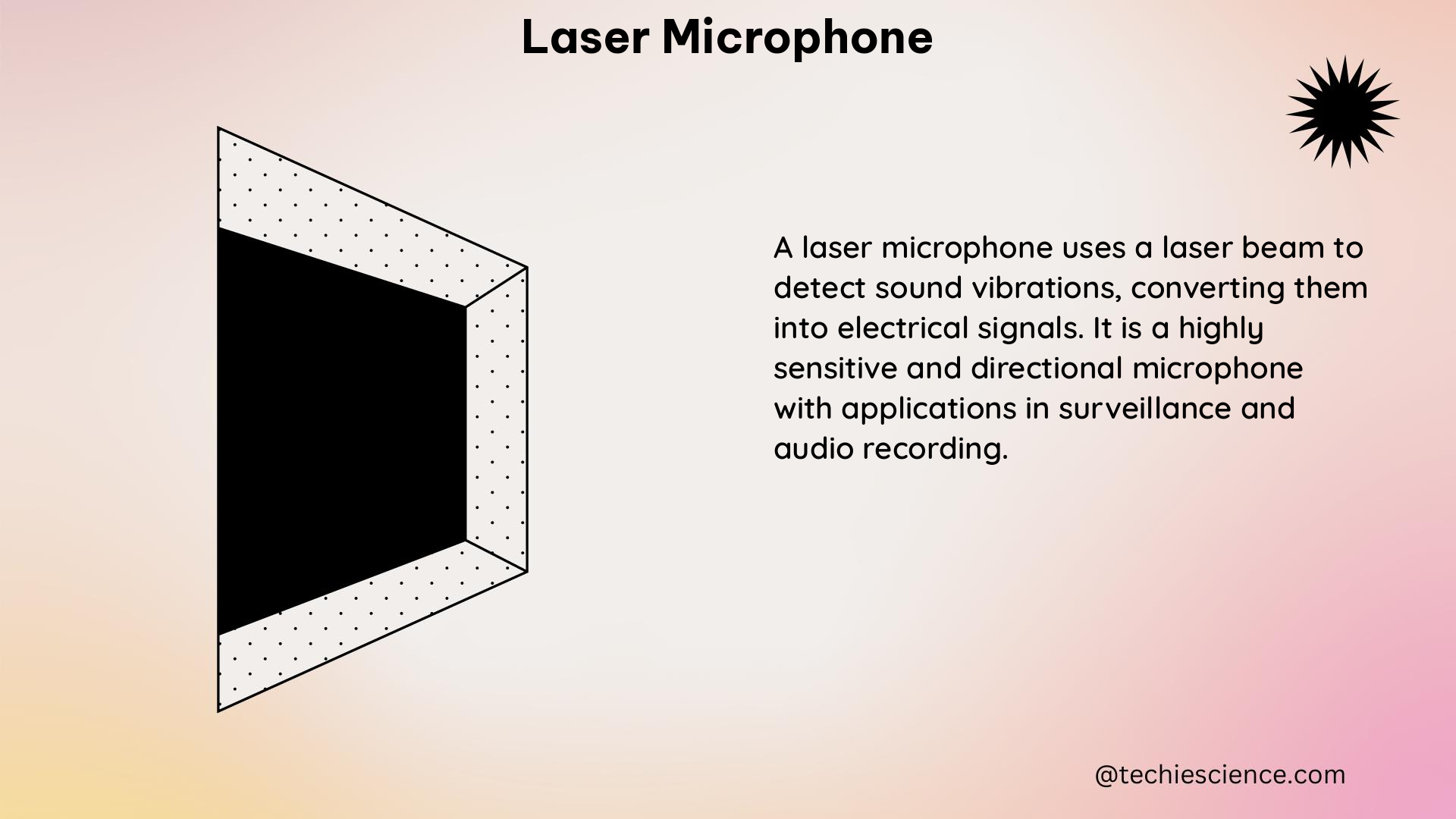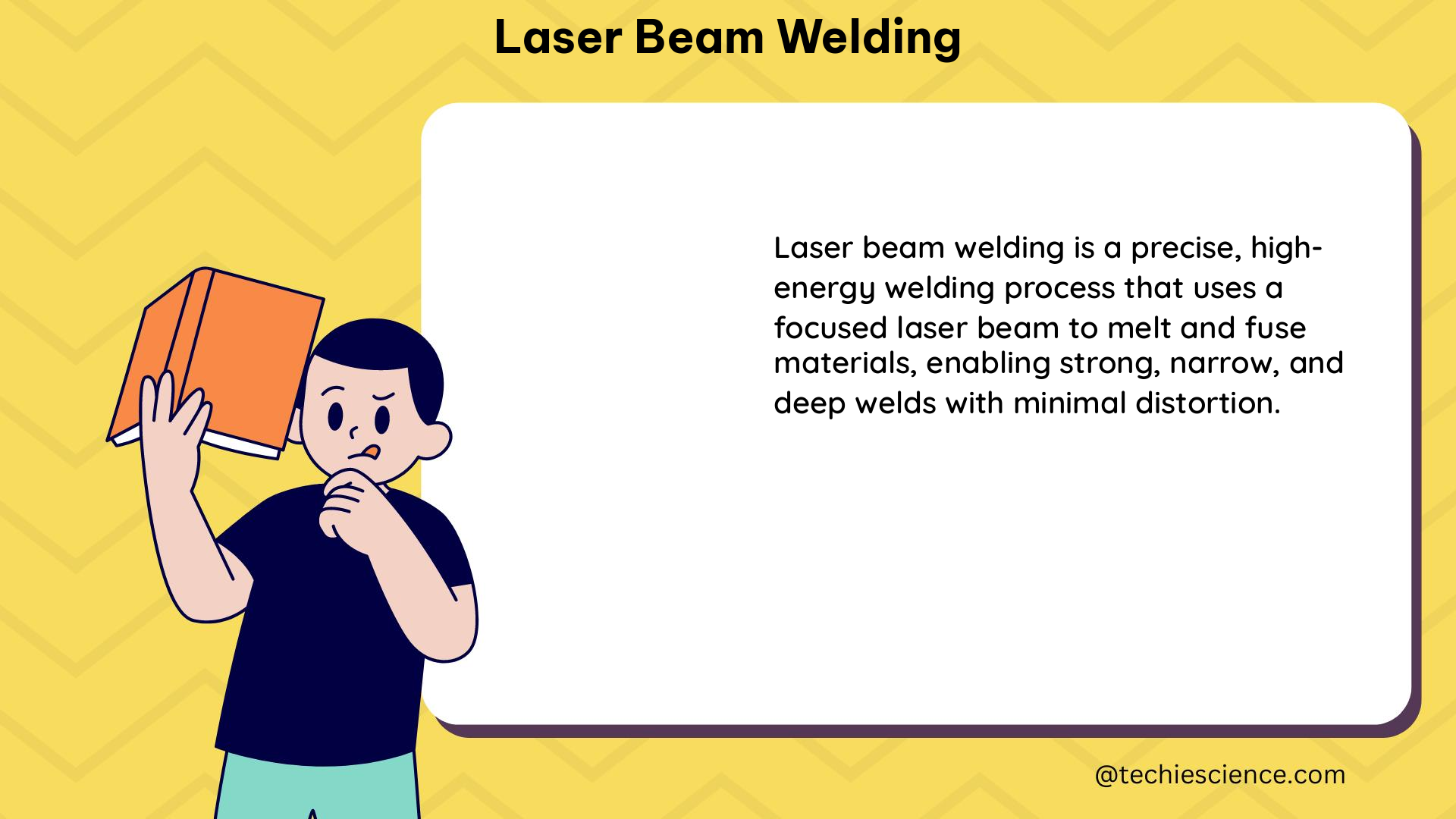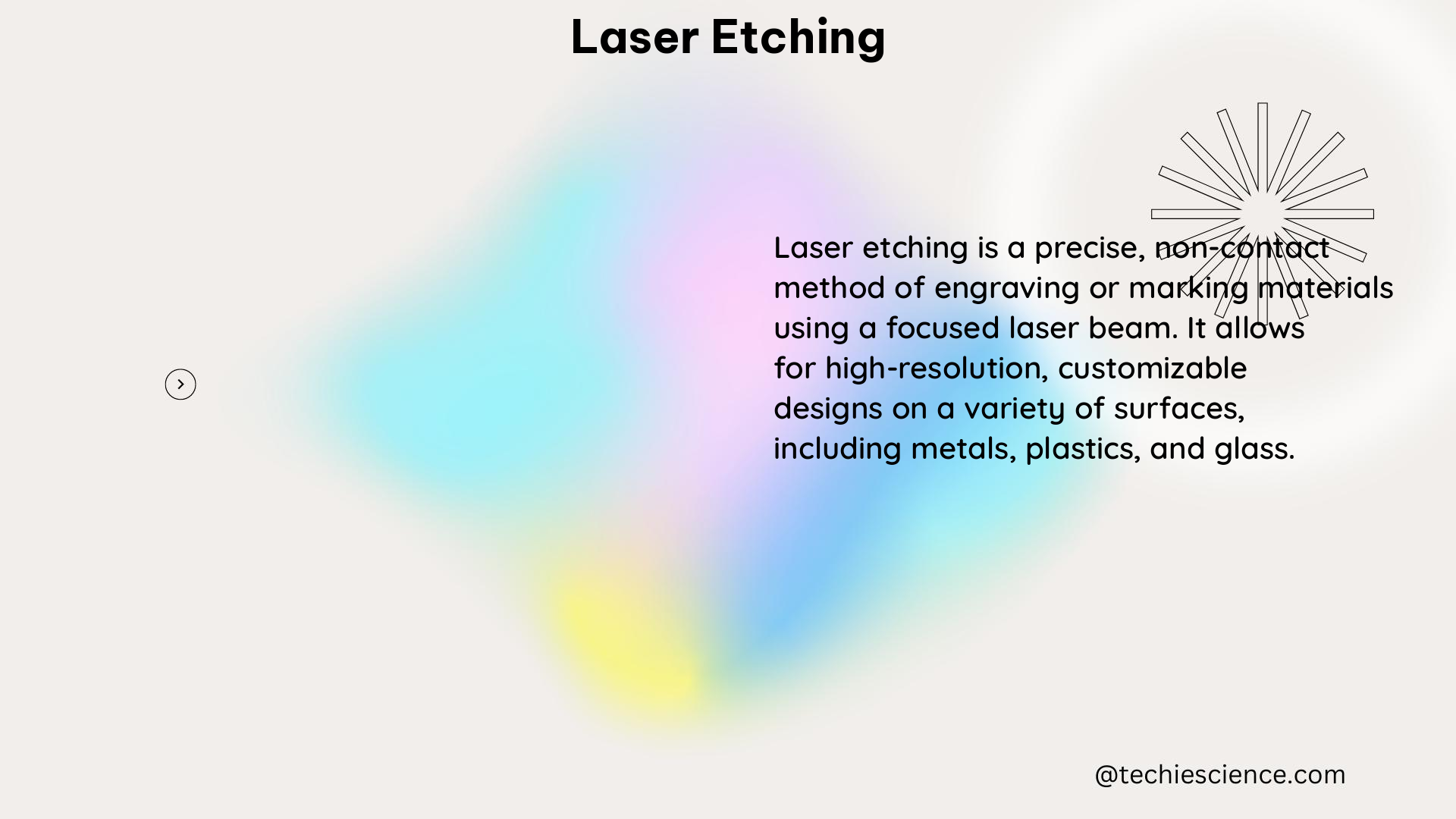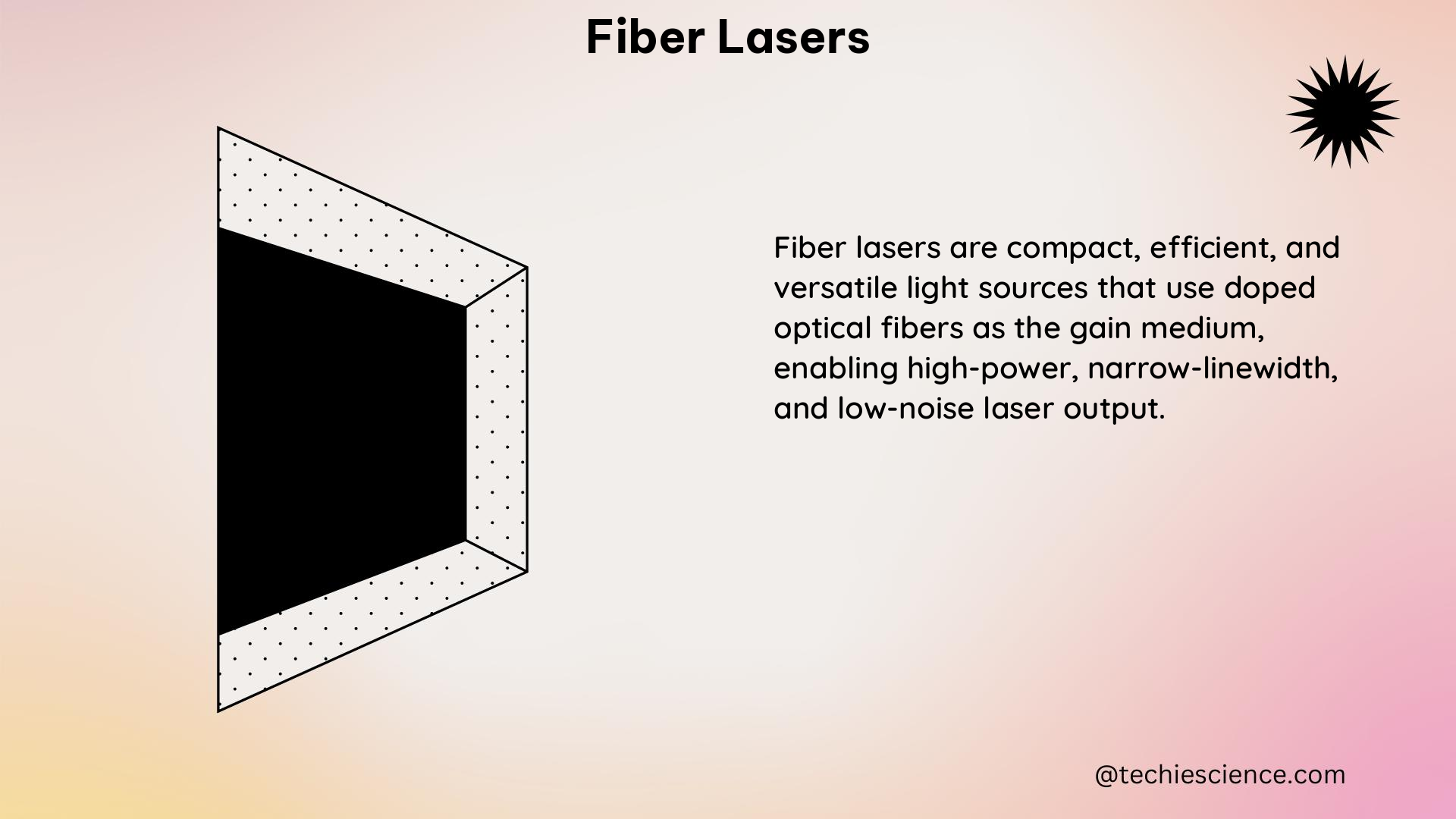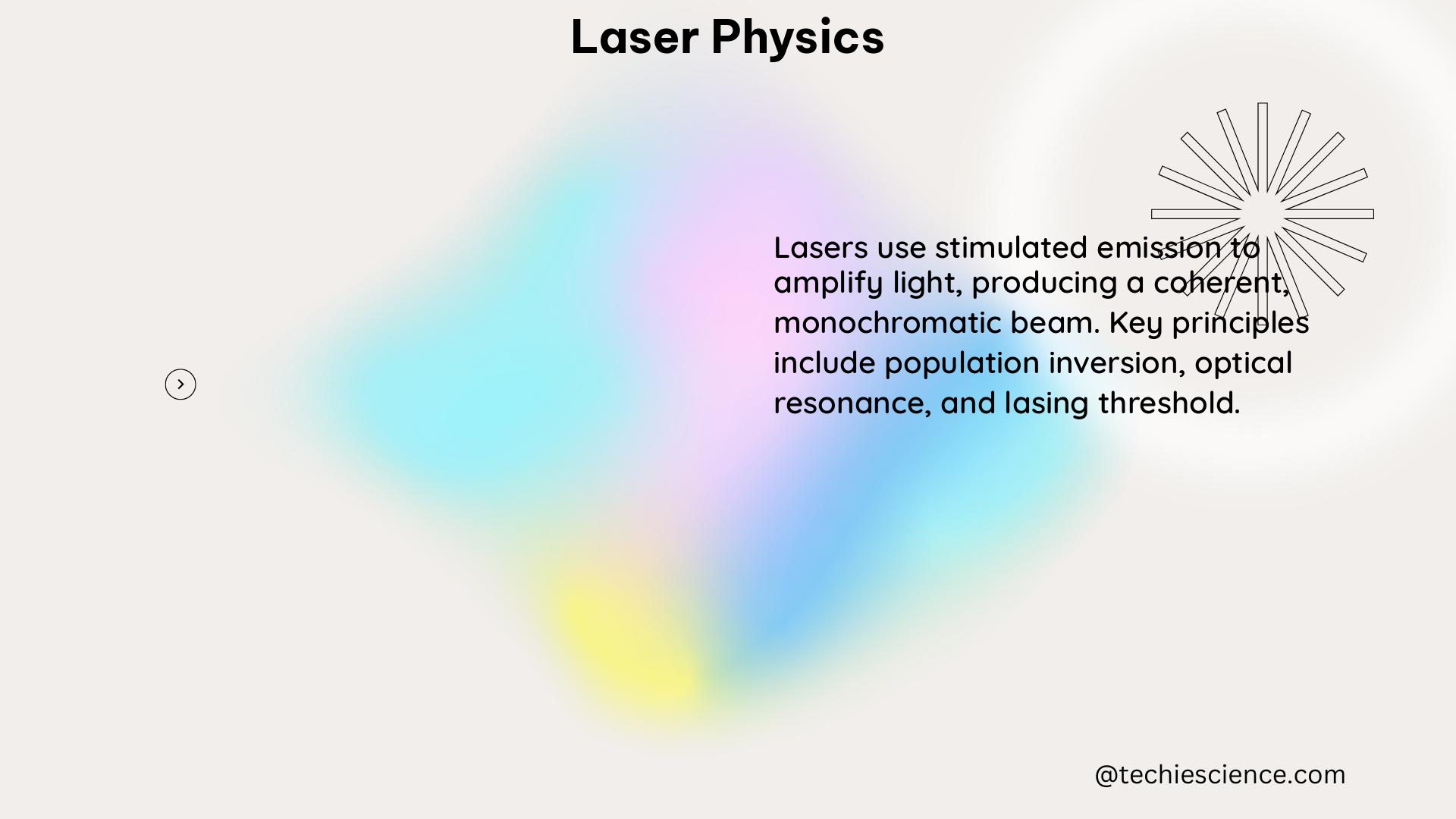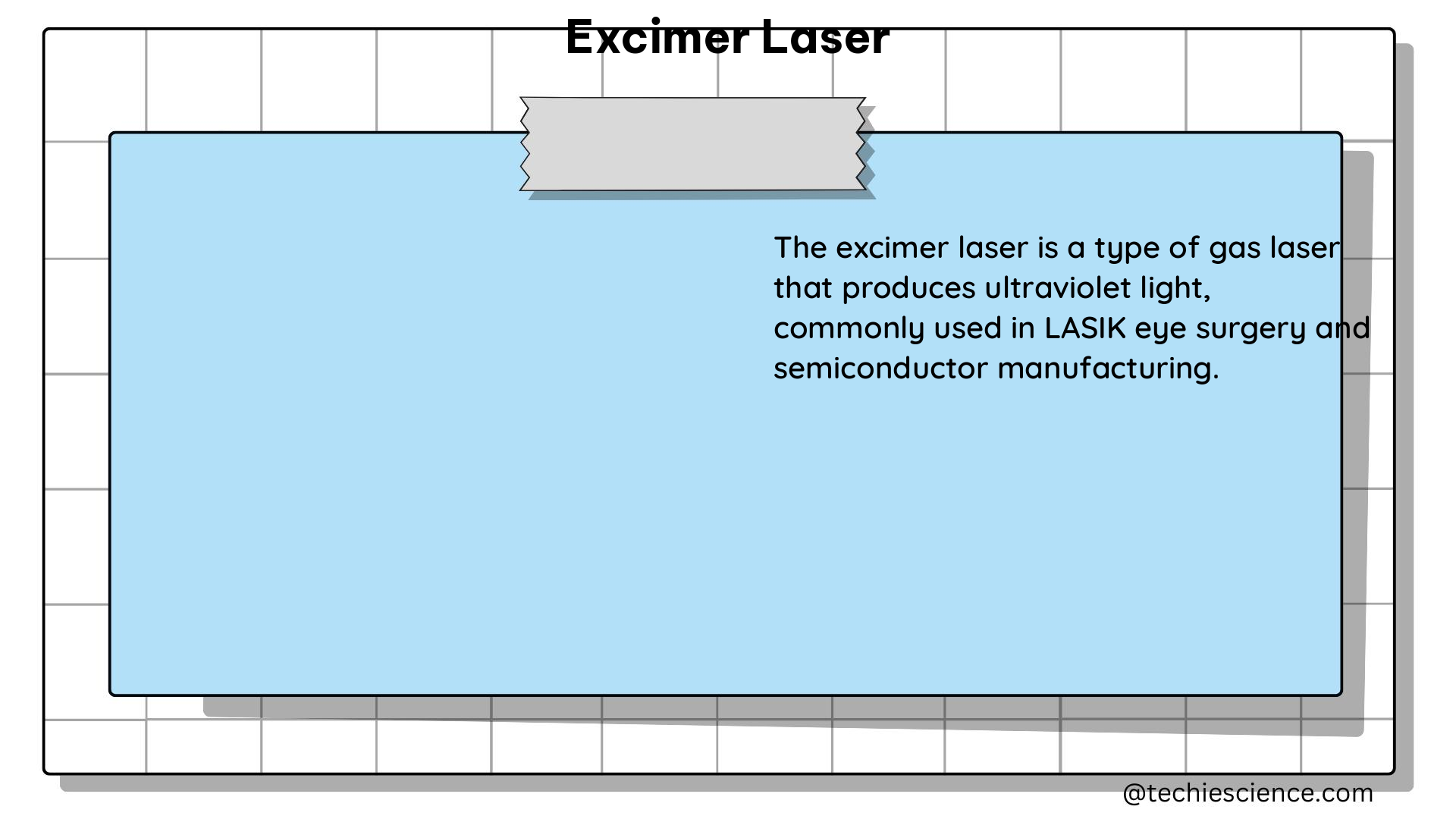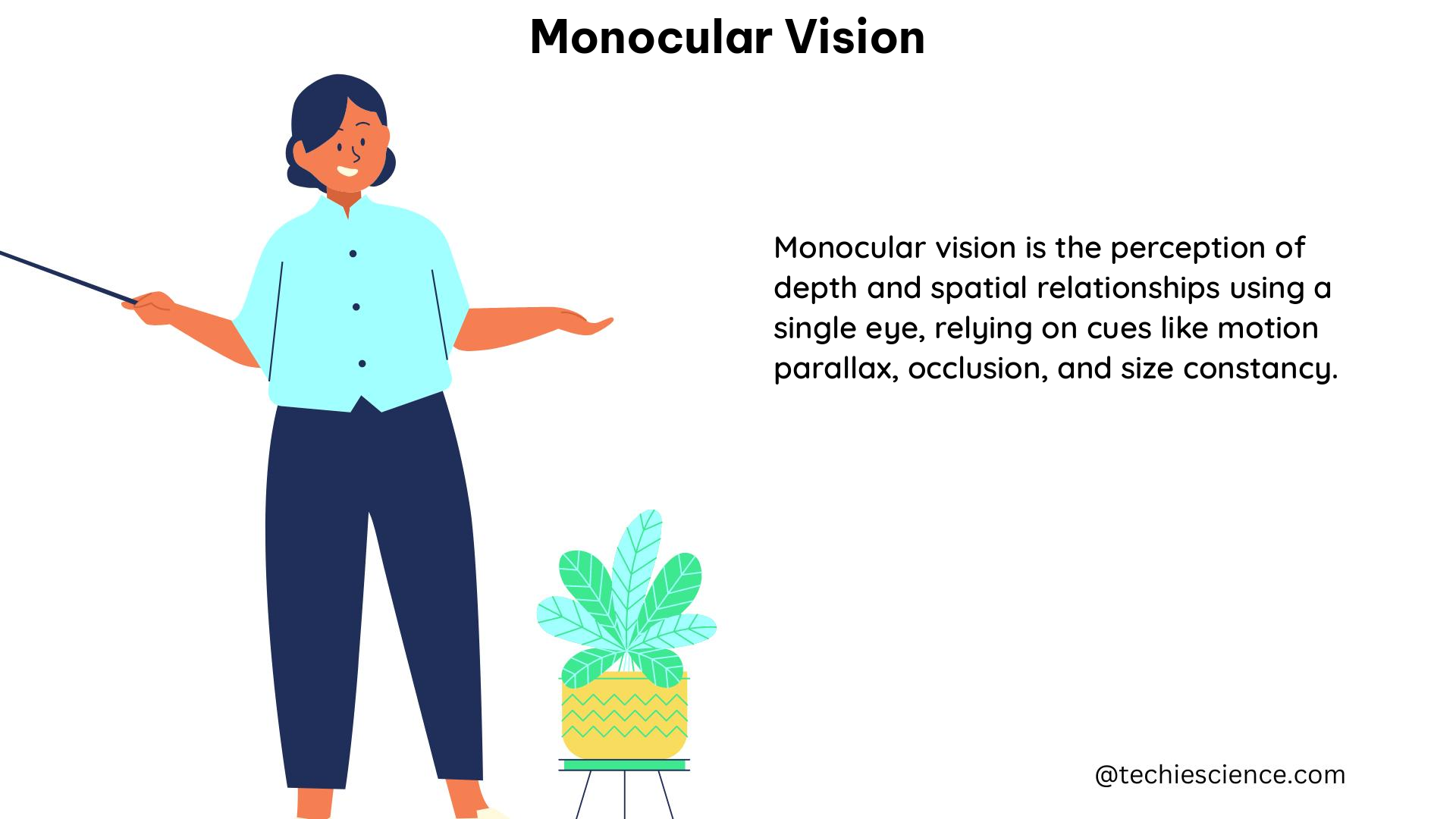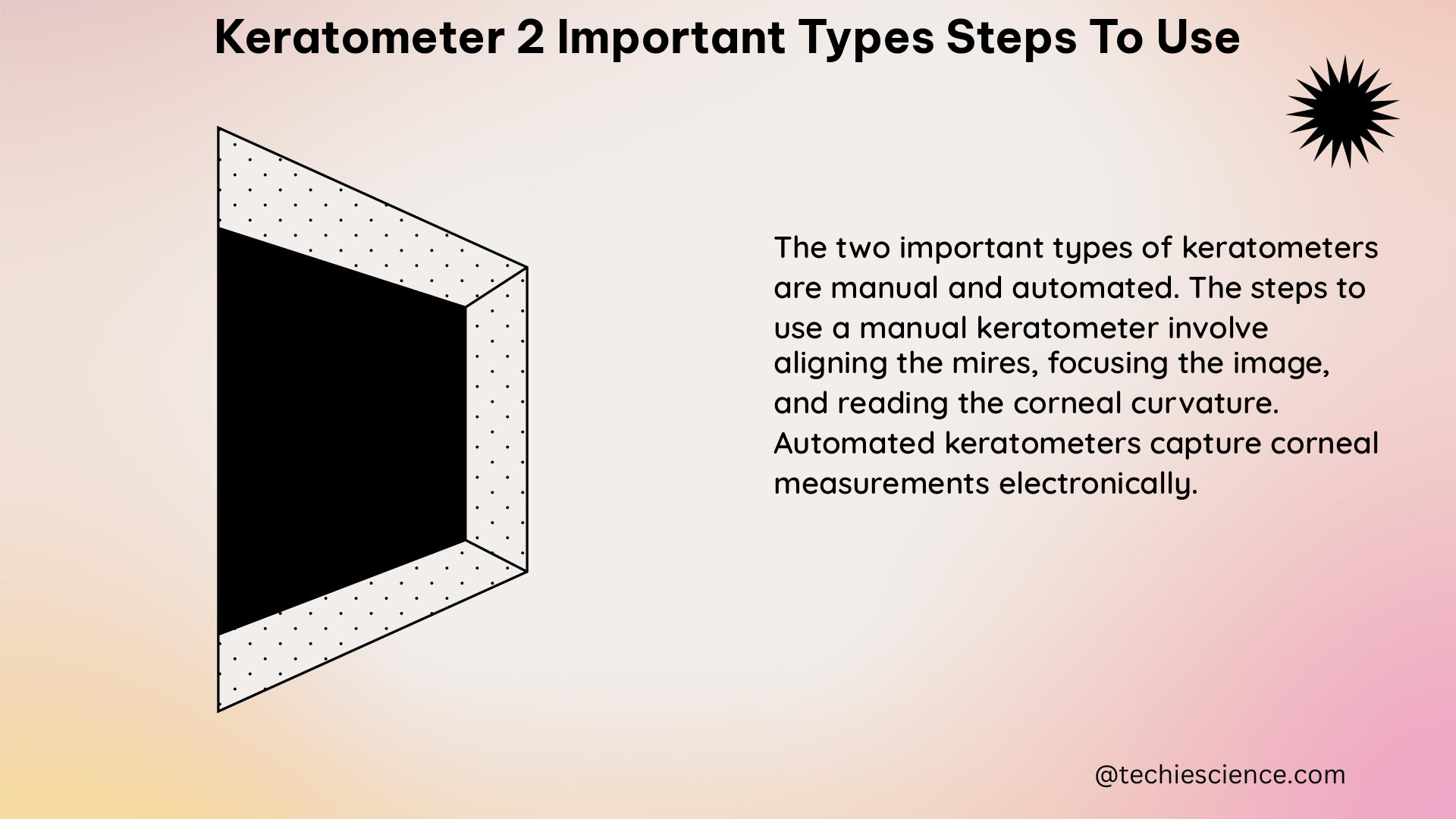Photocell sensors, also known as photoresistors, are devices that change their electrical resistance when exposed to light. These sensors are widely used in various applications, such as street lighting, security systems, and light-based control systems. Understanding the technical details and characteristics of photocell sensors is crucial for science students who are interested in exploring the field of optoelectronics and sensor technology.
Understanding Photocell Sensors
Photocell sensors work on the principle of the photoelectric effect, where the resistance of the sensor material decreases when exposed to light. This change in resistance is proportional to the intensity of the incident light, allowing the sensor to detect and measure the amount of light present.
Spectral Sensitivity
One of the key characteristics of photocell sensors is their spectral sensitivity, which refers to their ability to respond to different wavelengths of light. Most photocell sensors consist of discrete red (R), green (G), and blue (B) sensors, each with its own unique sensitivity curve. The spectral distribution of the light source can significantly affect the sensor’s response, as different light sources have varying spectral characteristics.
For example, incandescent lights are a reasonable approximation of a blackbody emitter, with a continuous spectrum. In contrast, LED and fluorescent light sources typically do not have a continuous spectrum, which can impact the sensor’s performance.
To understand the spectral sensitivity of a photocell sensor, we can use the following equation:
R = R0 * (1 + k * Φ)
Where:
– R is the resistance of the photocell sensor
– R0 is the dark resistance of the sensor
– k is the spectral sensitivity coefficient
– Φ is the incident light flux
The spectral sensitivity coefficient, k, is a function of the wavelength of the incident light and the specific characteristics of the sensor material.
Angular Response
Another important factor to consider when using photocell sensors is their angular response, which describes the sensor’s sensitivity to light coming from different angles. The angular response is partly a property of the sensor itself and partly a property of any diffusers or optics in front of the sensors.
The angular response can be characterized using the following equation:
I = I0 * cos^n(θ)
Where:
– I is the light intensity at the sensor surface
– I0 is the maximum light intensity (when θ = 0°)
– θ is the angle of incidence
– n is the angular response coefficient
The angular response coefficient, n, determines the shape of the angular response curve and can vary depending on the sensor design and the presence of any optical elements.
Calibration and Measurement Considerations
Calibrating a photocell sensor is a crucial step to ensure accurate and reliable measurements. The calibration process involves determining a calibration reference and minimizing any variables between the measurement conditions of the reference sensor and the test sensor.
To calibrate a photocell sensor, you can use the following steps:
- Identify a suitable calibration reference, such as a standard light source or a reference photocell sensor.
- Ensure that the measurement conditions, such as the distance, angle, and spectral distribution of the light, are the same for both the reference and the test sensor.
- Measure the resistance of the test sensor under the calibration conditions and compare it to the reference sensor’s output.
- Adjust the calibration parameters, such as the spectral sensitivity coefficient or the angular response coefficient, to match the reference sensor’s output.
It’s important to note that the calibration data obtained for a specific light source and sensor may not be directly applicable to other light sources or sensors, as the spectral and angular response characteristics can vary.
Technical Specifications
Photocell sensors typically have the following technical specifications:
- Resistance range: Several hundred ohms in the dark to a few thousand ohms in bright light
- Response time: The time it takes for the sensor to reach 90% of its final value when exposed to light, which can vary depending on the sensor and the light level
These specifications can be influenced by factors such as the sensor material, the sensor design, and the operating conditions.
Applications of Photocell Sensors
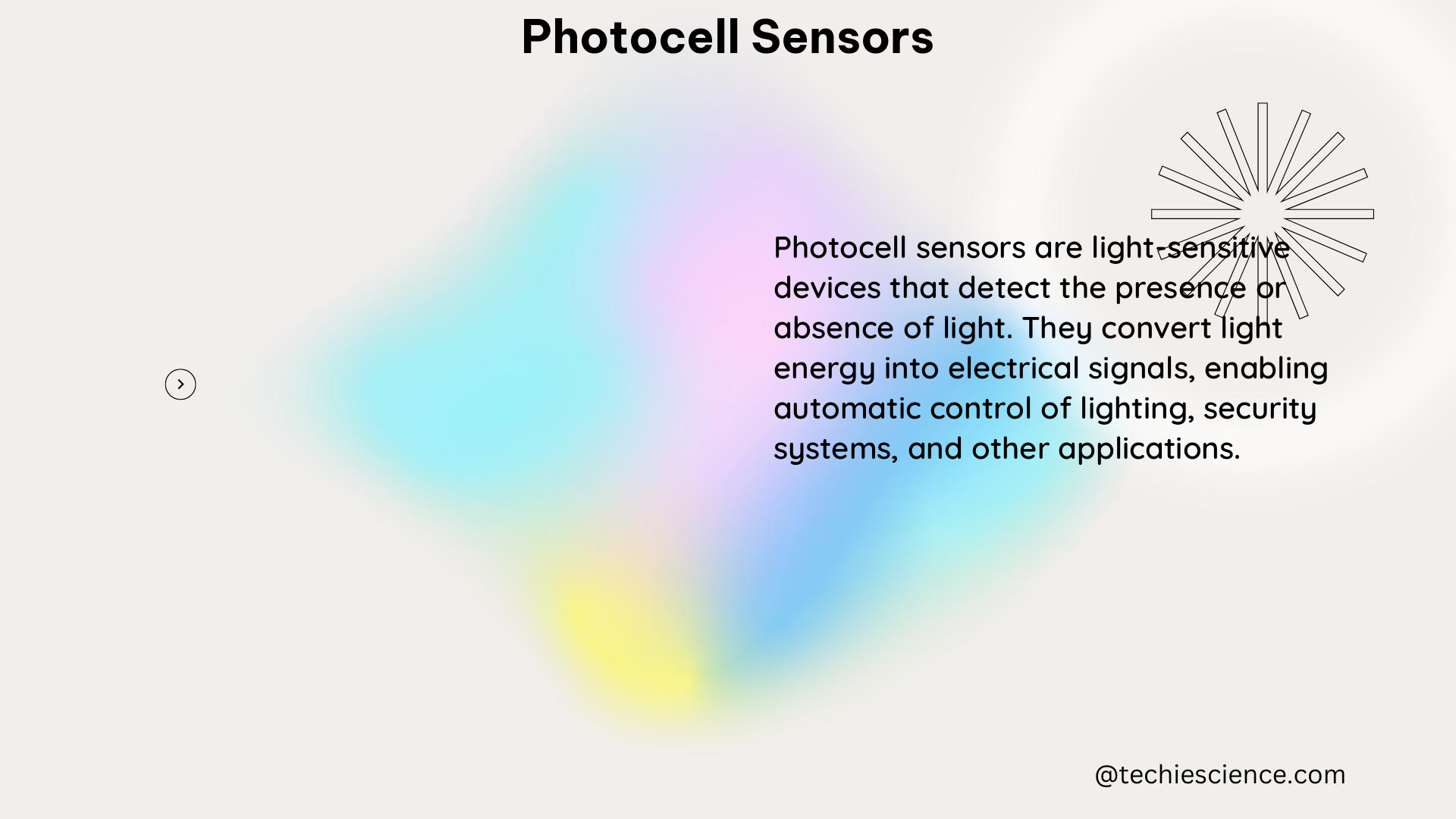
Photocell sensors have a wide range of applications, including:
- Street Lighting: Photocell sensors are commonly used in street lighting systems to detect the amount of ambient light and automatically turn the lights on or off as needed.
- Security Systems: Photocell sensors can be used in security systems to detect the presence of intruders by monitoring changes in light levels.
- Light-based Control Systems: Photocell sensors can be used to control the operation of various devices, such as blinds, curtains, or lighting systems, based on the amount of available light.
- Optical Sensing: Photocell sensors can be used in optical sensing applications, such as object detection, color recognition, and light intensity measurement.
- Photovoltaic Systems: Photocell sensors can be used to monitor the performance of photovoltaic systems by measuring the incident light levels.
Conclusion
Photocell sensors are versatile and widely used devices that play a crucial role in various applications. Understanding the technical details and characteristics of photocell sensors, such as spectral sensitivity, angular response, and calibration considerations, is essential for science students interested in exploring the field of optoelectronics and sensor technology.
By mastering the concepts and practical applications of photocell sensors, science students can develop a deeper understanding of the principles of light-based sensing and their real-world applications.
References
- Electronics Tutorials: Light Sensor including Photocells, LDR, Photodiodes, Phototransistors, Photovoltaics and Light Dependent Resistor. https://www.electronics-tutorials.ws/io/io_4.html
- enDAQ Blog: Light Sensors: Units, Uses, and How They Work. https://blog.endaq.com/how-light-sensors-work
- Pepperl+Fuchs: Photoelectric Sensors With Measuring Function. https://www.pepperl-fuchs.com/usa/en/23097.htm
